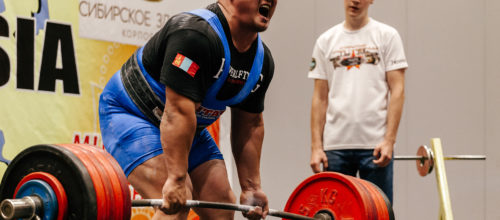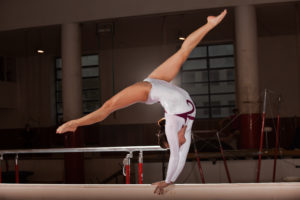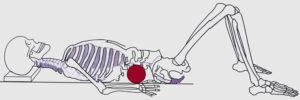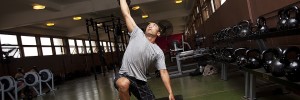
Developing The Athlete’s Spine
The adult spine contains 26 vertebrae and 23 spinal discs. Both vertebrae and spinal discs function as shock absorbers and provide the foundation that allows for movement of the spine.
Each vertebra serves as an attachment site for tendons and ligaments. Tendons attach muscle to bone and ligaments attach bone to bone. The attachment sites on the vertebrae create a wiring system that allows for movement and stabilization of the spine. This wiring system extends to all area’s of our body including the base – our legs. Without this wiring system – we would not be able to function.
The structure of the spine is similar to a skyscraper. Skyscrapers have a base and core. The base provides the foundation for the skyscraper to stabilize and resist wind forces. The core – made up of walls and columns – also helps stabilize and resist wind forces.
A strong base with concrete walls and columns makes for a skyscraper that will be resistant to wind forces. A weak base, with flimsy walls or columns, will make a skyscraper that is inefficient in resisting wind forces.
Our spine is the same way. Our legs support the base of our spine. And our core contains tissues (e.g., muscles, ligaments) that surround and support the spine – thus our walls and columns. A strong base (legs) and core (spine) will support our spine. A weak base and core will reduce the support for our spine.
Lifting weights with an unstable base or core will create movement in area’s of our spine were perhaps movement shouldn’t take place. Moving in area’s where we shouldn’t is how spinal injuries develop. Thus, creating stability in the spine by maintaining lifting technique, and developing the base and core is important.
Athlete’s who don’t have support in their base or core will be at risk for injury and perhaps develop energy leaks in their wiring system. Athletes need stability to reduce the risk of injury and optimize performance. But the amount of stability each athlete needs for reducing the risk for injury and optimizing performance is different.
How Much Stability Does an Athlete Need?
The answer to the question above is – it depends. Let me explain.
A spine that allows someone to squat 700lbs is going to be different than a spine that shoots a 100 MpH slapshot or performs gymnastics. Each spine develops different based on it’s its physiological demands.
A powerlifter who deadlifts 700lbs is going to need a stable spine – too much mobility through the spine will reduce the stiffness acquired to withstand a 700lb deadlift.
A hockey player who shoots a 100 Mph slapshot is going to need a stable and mobile spine – too much stability or mobility will alter mechanics of the 100 MpH slapshot.
A person who is performing gymnastics is going to need a mobile spine – too much stability and a gymnast will not be able to move into desired positions.
Not one spine is the same. Every spine is different and needs a different approach when it comes to training. Prescribing exercises that increase stability or mobility must form to each athlete’s needs. A failure to form exercises to each athlete’s needs will hinder performance. Finding the amount of stability and mobility an athlete needs to maximize performance while reducing the risk of injury should be the focus of a coach.
Salute,
Remi
Thumbnail Image of Powerlifer Licensed from “sportpoint/depositphotos.com”












